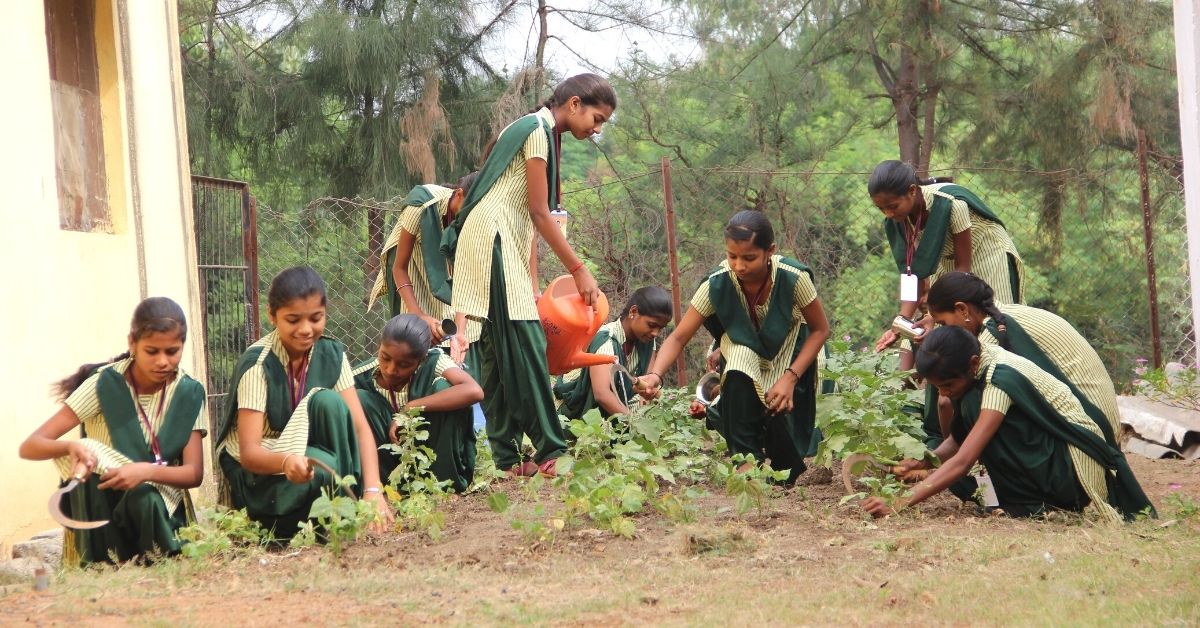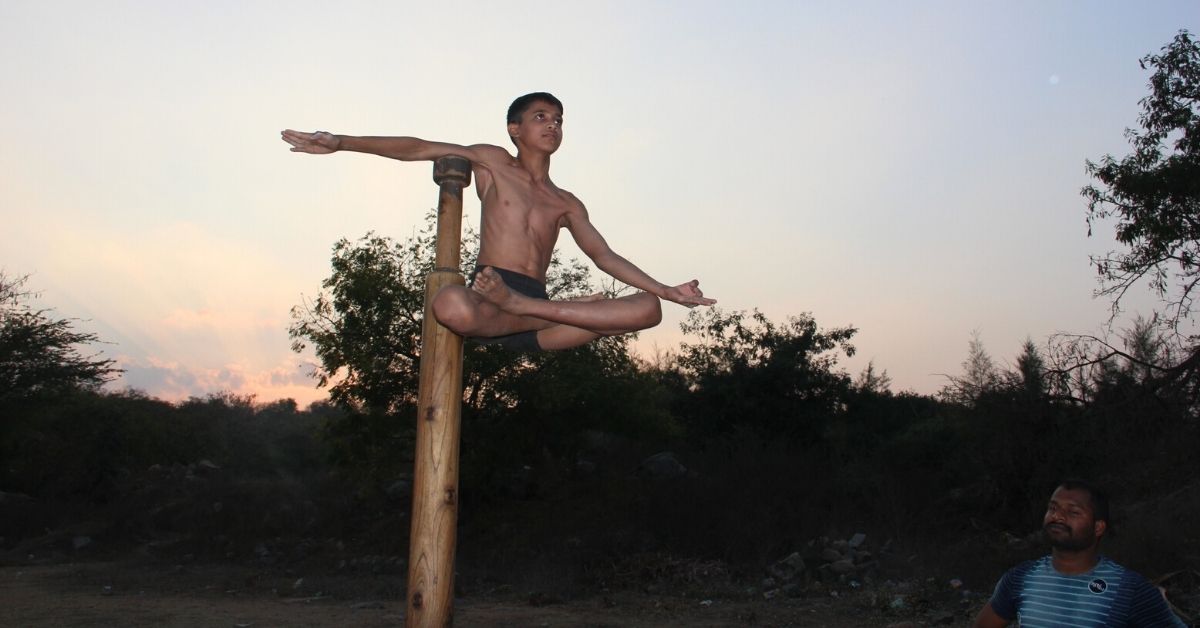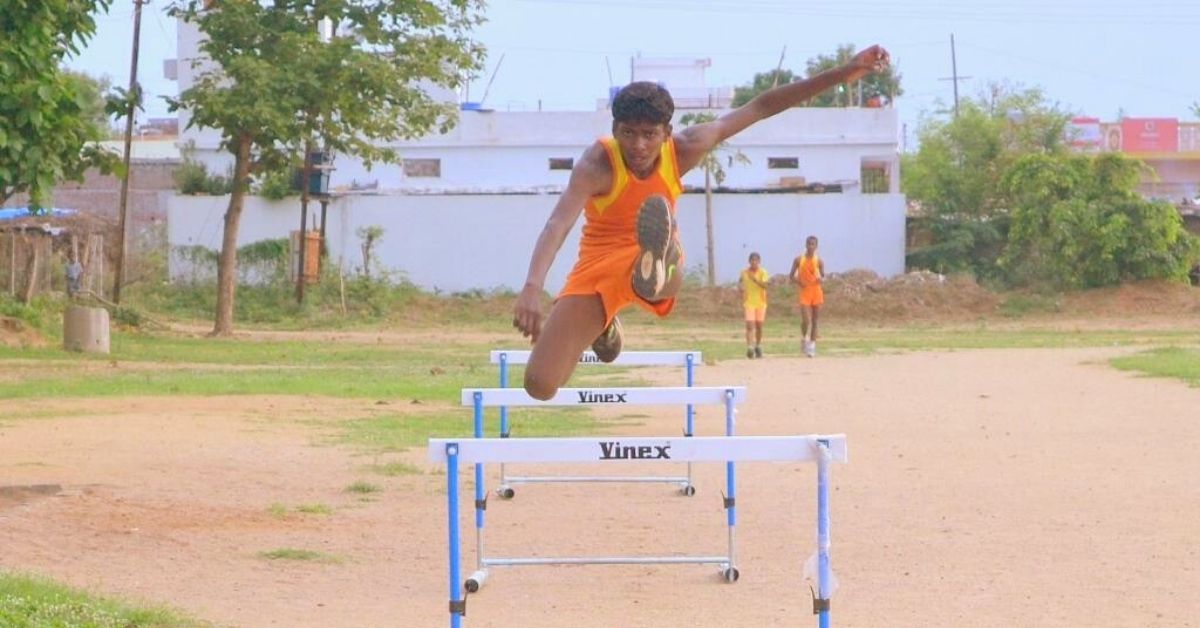Unable to Complete His Schooling, He Built a School to Educate 60000 Poor Kids
Taking inspiration from Maharshi Karve, Jameendar Babasaheb Keshav Narayanrao Deshmukh set up the Sanskriti Samvardhan Mandal (SSM), to start the first-ever residential school in Sagroli, Maharashtra committed to empowering girls through education

Babasaheb Keshav Narayanrao Deshmukh was born to a family of zamindars. The person designated as a zamindar controlled massive stretches of land, often owning it as a ‘prize’. Babasaheb’s father, a zamindar, possessed about 1,000 acres of land under the system in a nondescript Sagroli village located in the Nanded district of Maharashtra.
However, he was still unable to finish his schooling.
Though India attained freedom in 1947, this patch of land, including other parts of Marathwada (Maharashtra), erstwhile Andhra Pradesh and Karnataka, was still under Nizam rule. Marathwada region was freed on 17 September 1948. Rohit Deshmukh, the grandson of Babasaheb, explains, “During the Nizam’s rule, there were very few schools in the region, and the Nizam era restrictions did not allow girls to study.”
Babasaheb himself studied away from his family in Hyderabad due to the absence of schools. He managed to study only till Class 10 and returned due to his father’s untimely death.

“He was the sole custodian of the land and had to take care of the same. Though he sacrificed his education, the lack of educational facilities continued to prick Babasaheb like a thorn, as his daughter could not study beyond Class 4 due to the unavailability of schools,” Rohit says.
But Babasaheb did not give up his pursuit to find a solution to bestow due education to girls. During his sporadic visits to Pune, he reached out to Maharshi Karve, who pioneered education for girls in Maharashtra.
Taking inspiration from Maharishi
He shared his concern about girls deprived of education and sought Maharshi’s guidance. The latter responded that social reformers like Mahatma Phule, Karmaveer Bhaurao Patil and others, strived for girls’ education with no infrastructure or financial support. Against this, Babasaheb had acres of land at his disposal to pave the way. Inspired by the discussion, Babasaheb donated 100 acres of his land to set up a school.
So, in 1959, he set up Sanskriti Samvardhan Mandal (SSM), an NGO, to start the first-ever residential school in the region committed to empowering girls through education. It was named Shri Chhatrapati Shivaji high school.
In the beginning, it had tiny huts that accommodated 37 students, and the institute focussed mainly on educational facilities for deprived communities, including scheduled caste and scheduled tribes. Slowly, the strength increased, and more volunteers joined the initiative. There was a need to plan for better structure.

Eventually, the land ceiling act fell in place, and Babasaheb had to surrender a significant chunk of his property. He added another 50 acres to the school and the ripple effect attracted another 50 acres of land donated by the villagers. The sprawling campus was now a vast plot of 200 acres.
He aimed to narrow the urban-rural divide with better infrastructure, recruiting good teachers and providing the staff with on-campus accommodation so that the teachers served the cause more devotedly. Babasaheb never missed a chance to spread the word about the ideal educational campus across the state, nor did he hesitate to appeal for donations of whatever little one could afford. “It was a common sight in public transport buses to see this elderly person [Babasaheb] explaining the features of a school at Sagroli and seeking donations as little as few tens of rupees and acknowledging alms with gratitude and a receipt,” he says.
“The education was free for all underprivileged children, and it attracted students across the Marathwada and Vidarbha region. The children’s parents were farmers or farm labourers who could not afford fees. The school accepted farm harvest in the form of donations to feed the children,” Rohit explains.
Considering the increasing pull of students, in 1963, Babasaheb started Chhatrapati Shivaji junior basic school offering primary education.
“However, Babasaheb believed in the holistic development of students. He always considered sports to be an integral part of the development of a child’s capacities. But the shortage of funds compelled the school to focus on traditional Indian games such as kho-kho, kabaddi, mallakhamb and others as they did not demand monetary investment,” Rohit explains.
He adds, “The students eventually started participating in state and national level competitions and brought laurels.”
“In 1996, The Rajarshi Shri Chhatrapati Shahu Sainiki Vidyalaya, a school to shape a sound mind in a sound body to serve for the defence, was established,” Rohit notes.

All the institutions follow practical and unique methods to teach their students. “Our teaching methods are not limited to classrooms, and students receive on-field practical learnings and demonstrations. Students learn swimming, skating, and football with traditional sports and have earned state and national level awards from various fields,” Rohit says.
The NGO also introduced dedicated schools to promote sports. The Ekalavya Sports Academy and The Sagroli Sunrise School of Athletics impart professional sports training by providing a nutritious diet, attire and other requirements, free of cost to a batch of 150 students selected through a strict screening procedure. Both institutions aim to tap the rural potential and lead them through the ensuing Asian Games, 2026.
Besides academics, the school curriculum also offers lessons in music and vocational training such as blacksmith, colour-dyeing, carpentry, bakery, small business entrepreneurship, handling practices in electrical, electronic gadgets and others. “Such activities make them independent and can start a small business if they do not find deserving job prospects,” he says.
Today, the campus has ten hostels, three vast playgrounds with facilities for the athletes and various other field games and sports. “Since its establishment, over 60,000 students have been educated in the school. A nominal cost of maintenance is charged from the hostel boarders while the schools charge nothing. A select 40 per cent of the students onboarding are either orphans, underprivileged, or economically falling below the poverty line. They get free access to hostel facilities through a sponsorship program run by the organisation.”
Curbing child marriages
Bharat Kadam, an alumnus, says he owes his life and career to the school. He says, “My parents were uneducated farm labourers, but they knew the importance of education. They admitted me to the SSM school. The school played a crucial role in grooming my overall personality and preparing me for the challenges in life.”

Bharat, posted as a deputy collector in Aurangabad, says the achievements in his life could not have been possible without the school.
The initiative of opening schools to girls entailed another advantage in curbing child marriages. “The worst of social evils being child marriage was prevalent in the Marathwada region due to poverty and lack of parental education. The SSM has consistently intervened in the issue by counselling the parents and educating them about the bad consequences of early marriages. Many girls on the verge of becoming victims of adolescent marriage were offered either free education or livelihood on the campus. The percentage of child marriages was reported to be 65-75 per cent until the late 90s. However, due to the efforts of SSM, this social evil has been reduced to almost zero cases. Now, hardly a case or two gets reported per year,” Rohit claims.
The institution now plans to expand its scope to create more employment and entrepreneurial opportunities for youngsters. “We are working to create projects through the involvement of alumni networks that will ensure valuable and long-term mentorship for the upcoming generations. The alumni placed well in various fields can groom the students and offer better chances to create a mark in their respective professions,” he adds.
Edited by Yoshita Rao
If you found our stories insightful, informative, or even just enjoyable, we invite you to consider making a voluntary payment to support the work we do at The Better India. Your contribution helps us continue producing quality content that educates, inspires, and drives positive change.
Choose one of the payment options below for your contribution-
By paying for the stories you value, you directly contribute to sustaining our efforts focused on making a difference in the world. Together, let’s ensure that impactful stories continue to be told and shared, enriching lives and communities alike.
Thank you for your support. Here are some frequently asked questions you might find helpful to know why you are contributing?


This story made me
-
97
-
121
-
89
-
167











